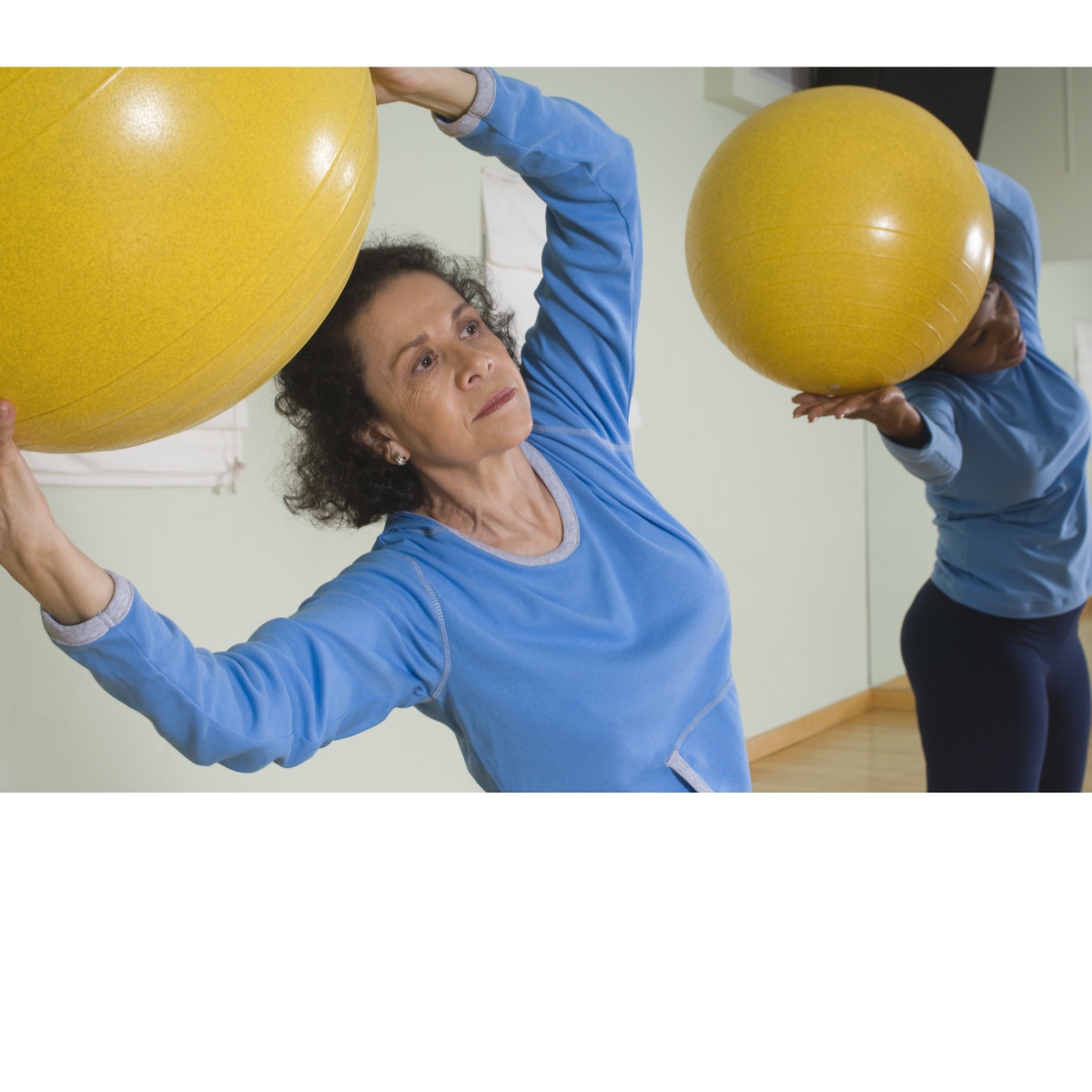To improve your balance you need to understand that there are two main types of balance-static and dynamic. Most people think of balance as standing on one leg or standing on some squishy surface. This is type of balance is static balance. There is another type of balance, called dynamic balance. This is where there is motion or movement involved. Both types of balance is important.
So which type of balance (static or dynamic) is most important?
Before we dive into the types of balance, it’s important to understand what is balance. We define balance as, “the dynamic interplay of absorbing and producing forces to maintain a desired position”.
Static Balance
Static balance is usually stationary. You can balance while laying, seated or standing. There are a host of stances and positions you can get into that will challenge your balance.
Static balance is usually the best place we recommend older adults, and really anyone, start when looking to improving balance.
It’s important to note, that not all balance requires that you stand on one leg. Yes it’s an aspect and can be important but it is NOT the end all, be all of balance. It’s common to prescribe a narrower base of support as a way to make a stance more challenging on the balance, and while that’s true, it’s also not the only way to improve your balance.
By challenging your 3-dimensional world you challenge your balance. For example, instead of just bringing your feet together from a standing position to make the balance demand increase, you can step forward at a 45 degree angle. Now you have a wide base of support-but in a different plane of motion which is going to increase the demand, which will help you improve your balance.
Improving your static balance in a smart, methodical way is where we recommend our senior fitness personal training clients start. The operative word here is START. The problem with most older adults is they STAY in the static balance camp.
Dynamic Balance
Dynamic balance will include motion and movement. Whether it is a limb that moves, or your head moving, or your body changing moving to change where your center of balance is.
You can change the direction of motion, the speed of motion, and what is moving to make a balance drill harder or easier. This type of balance is more real-world in our opinion and will allow you to see greater improvement in your everyday life.
For example, if I set you down on your feet in the middle of an ice rink you most likely won’t have much, if any, balance problems… until you start to move.
Balance is the golden poster child of fall prevention. Just about any fall prevention study or program touts balance as the saving grace to preventing a fall. It helps, there’s no denying that. However, there’s more to the solution and problem then one would guess at a quick glance.
Most falls occur because there was some motion involved. So by challenging your ability to maintain your position while moving has greater transfer to you preventing a fall-which is likely the main reason you are trying to improve your balance in the first place.
So which balance is most important?
Both are crucial. I would argue if you can’t balance statically you won’t be able to balance dynamically. The key is to challenge and progress your balance from static to dynamic as quickly as you can. For an idea of what exercises you can start with, read this article.
Also keep in mind that balance is a fluid construct and it varies day to day, and within each day. So don’t be alarmed if you can do one drill one day, and can’t on another. This is why having a professional is so important because with their expertise you can progress and regress depending on where you are each day and know you are working at the end of your limits.

